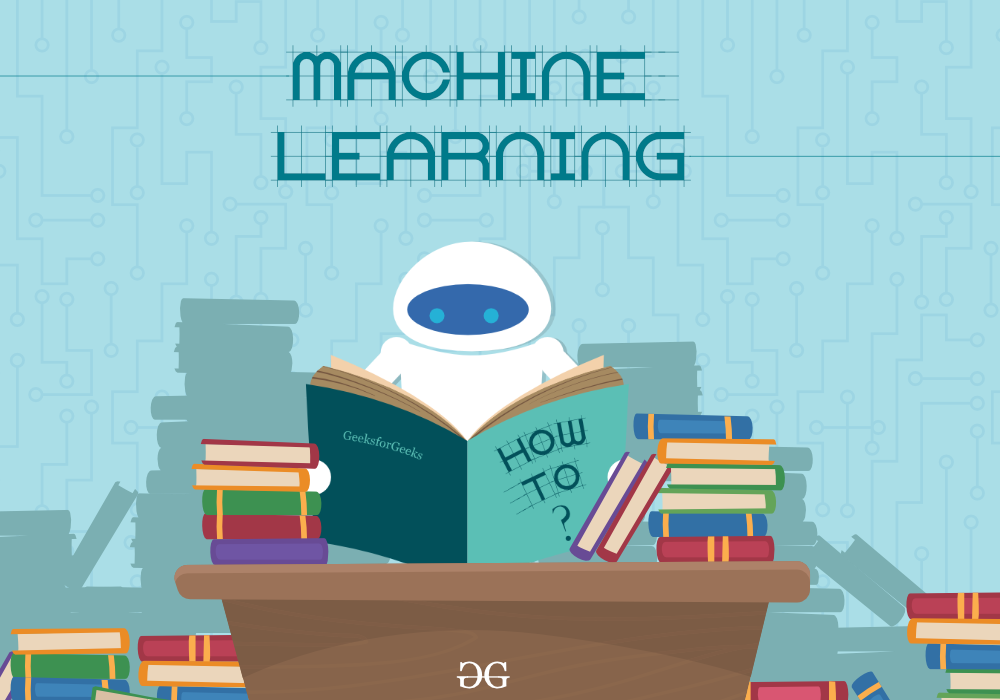For engineers developing new materials or protective coatings, there are billions of different possibilities to sort through. Lab tests or even detailed computer simulations to determine their exact properties, such as toughness, can take hours, days, or more for each variation. Now, a new artificial intelligence-based approach developed at MIT could reduce that to a matter of milliseconds, making it practical to screen vast arrays of candidate materials.
The system, which MIT researchers hope could be used to develop an stronger protective coatings or structural materials — for example, to protect aircraft or spacecraft from impacts — is described in a paper in the journal Matter, by MIT postdoc Chi-Hua Yu, civil and environmental engineering professor and department head Markus J. Buehler, and Yu-Chuan Hsu at the National Taiwan University.
The focus of this work was on predicting the way a material would break or fracture, by analyzing the propagation of cracks through the material’s molecular structure. Buehler and his colleagues have spent many years studying fractures and other failure modes in great detail, since understanding failure processes is key to developing robust, reliable materials. “One of the specialties of my lab is to use what we call molecular dynamics simulations, or basically atom-by-atom simulations” of such processes, Buehler says.
These simulations provide a chemically accurate description of how fracturing happens, he says. But it’s slow, because it requires solving equations of motion for every single atom. “It takes a lot of time to simulate these kind of processes,” he says. The team decided to explore ways of streamlining that process, using a machine-learning system.
their orderly crystal structures, and the way those materials each responded to fracturing, based on the molecular dynamics simulations.





